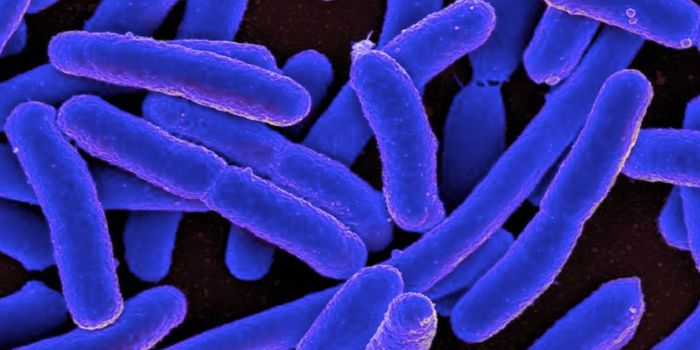Paper that kills microbes?
In the constant struggle between humans and pathogens, researchers have developed paper-based plasma sanitizers.
Plasma-based sanitization works in three ways - by generating free radicals, generating UV radiation, and volatilizing microbes. These plasma sanitizers are made of metallized paper; they are also mechanically flexible and disposable.
These paper-based plasma generators generate plasma through dielectric barrier discharge. This technique was first used to deactivate microbes in the mid-1990s, but the phenomenon was first demonstrated in 1857. The plasma forms from the discharge between two electrodes that are separated by a dielectric medium. In the paper-based generator, that dielectric medium is a matrix of cellulose fiber.
The researchers conducted two types of experiments to test whether their paper-based plasma sanitizer could kill microbes - noncontact and contact experiments. In the noncontact experiments, they attached a plasma sanitizer to the inside of a culture plate lid. When the lid was placed onto the culture plate, the plasma sanitizer rested 100 mm above the surface of the plate. Then, they inoculated the culture plates with 100 µL of an S. cerevisiae or E. coli cell suspension.
They sanitized the plates for 0, 5, 10, 30, or 60 seconds and incubated the plates to allow the yeast or bacteria to grow. After 10 seconds of treatment, the inactivation rate (a measure of how many fewer colonies grew compared to controls) for S. cerevisiae was 91.85%. For 20 or 30 seconds, it was 97.89% or 99.34%, respectively.
When they treated the plates of E. coli for 10 seconds, the inactivation rate was 99.93%. Treatments of longer than 10 seconds gave inactivation rates of greater than 99.9%!
For the direct-contact experiments, they used a pneumatic dispensing system to simulate a human sneeze. They applied the “sneeze” - aerosolized suspensions of S. cerevisiae or E. coli - to the paper-based plasma sanitizer to see if it could sanitize itself.
After applying the yeast or bacteria to the surface of the plasma sanitizer, they activated the sanitizer for 0, 5, 10, 30, or 60 seconds. After this, they transferred the cells from the surface of the sanitizer onto a culture plate. They incubated the plates and counted how many colonies of yeast or bacteria grew. After only 10 seconds of treatment, no colonies of E. coli could be observed! For S. cerevisiae, no colonies were observed after 60 seconds of treatment.
According to the authors, “in the future, paper-based plasma generators may be appropriate as antimicrobial protectors for skin-like sensors, self-sterilizing garments, devices for sterilizing laboratory or biomedical equipment, smart bandages for wound healing, or sacrificial components in manufacturing processes that apply patterned surface treatments.”
Sources: PNAS, Science Daily, Wikipedia









